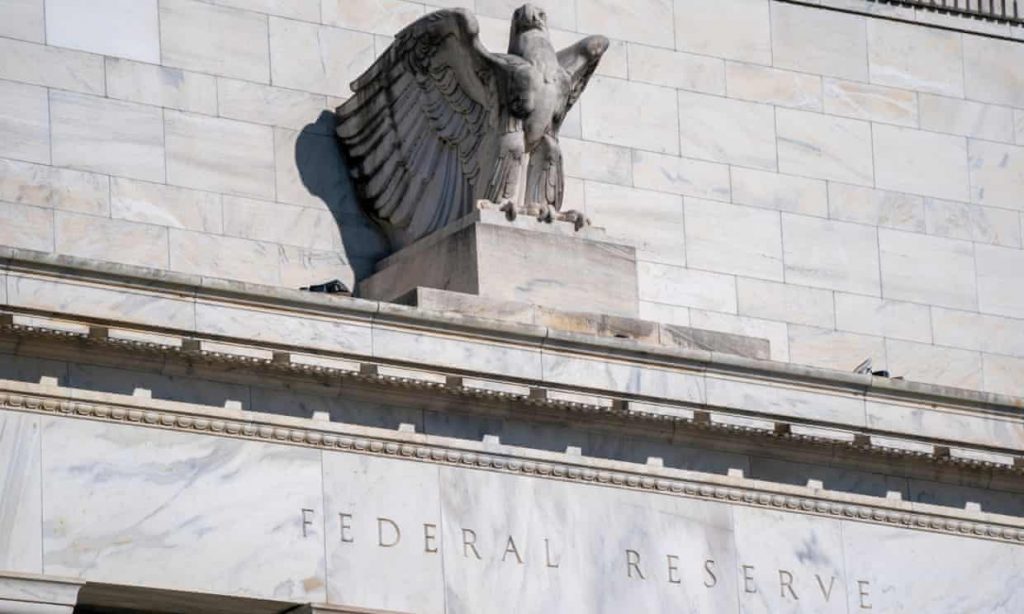
The Federal Reserve is preparing to raise rates in March for the first time since the coronavirus pandemic struck the US as it attempts to curb rising prices.
After its latest two-day meeting the central bank announced that it would leave interest rates close to zero for now but signaled it was preparing to raise them at its next meeting.
At a press conference, the Fed chair, Jerome Powell, said the central bank would continue to monitor the course of the pandemic, inflation and unemployment but gave his clearest signal yet that the US’s historically low interest rates would start to rise soon.
“I would say the committee is of a mind to raise the federal funds rate at the March meeting assuming that conditions are appropriate for doing so,” said Powell. “The economy no longer needs sustained monetary policy support,” he said.
The central bank cut rates to close to zero when the coronavirus pandemic hit the US in March 2020 and began pumping money into the economy by buying financial assets in order to stave off a potential financial collapse. At this week’s meeting, the Fed committee approved one final round of asset purchases, which will bring that stimulus program to a conclusion by March.
The Fed has a dual mandate: to maximize employment and to keep prices stable.
In recent months inflation has risen sharply to an annual rate of 7% and the unemployment rate has fallen back to 3.9%, close to pre-pandemic levels. It has signaled for months that rate rises are coming in order to tamp down price rises and Powell said there was “quite a bit of room to raise interest rates without threatening the labor market”.
But the end of the Fed’s easy money policy has rattled investors. The announcement follows days of wild swings on the stock markets where investors have worried about the speed with which the Fed will end its era of easy money and the impact on the global economy from rising tensions between Russia and Ukraine.
US stock markets plummeted on Monday and Tuesday only to regain most of their losses. Nevertheless, by Tuesday the S&P 500 had recorded its worst-ever losses for the start of a year with the once hot tech sector contributing most of those losses. US stock markets recovered ground on Wednesday but fell as Powell outlined the Fed’s plans.





























